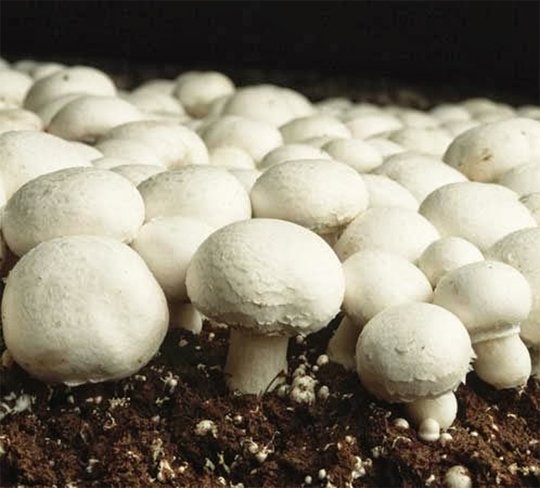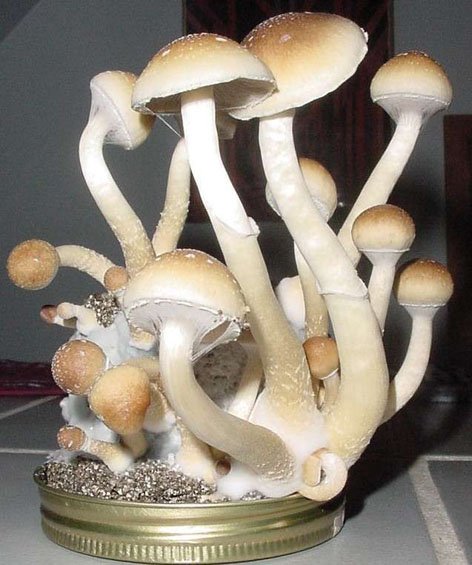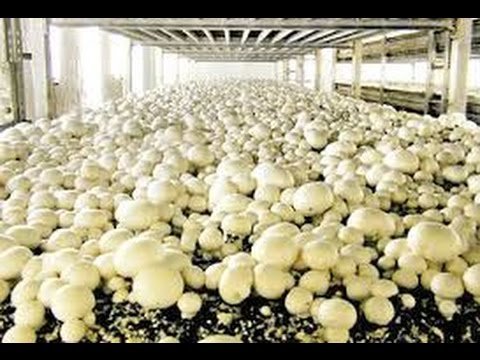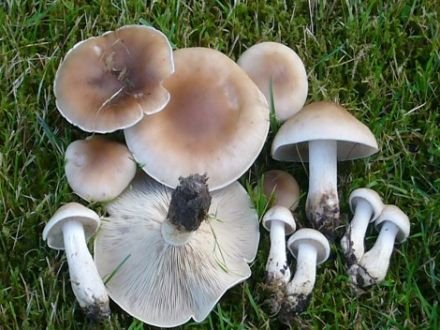Mushroom is a type of fertile dead living fungus. These are basically basidiomycetes or asomycetes in the internal fungal class. Mushroom is a kind of amphoteric plant. It includes fungal or umitisitis. Because it does not have green chlorophyll, it can not prepare its food itself like a green-colored plant. That is why they are dependent on animal or plant matter for food.
Mashruam is a type of fungi tree that is like a umbrella. Mushrooms and fungus umbrellas are similar, but there are many differences between them. Some mushrooms, which are born in the natural environment, are poisonous and can not be eaten. Much more naturally can not be found in the light of the sun, therefore, more mushrooms are not available for food by natural means.
There are about 300,000 species of mushrooms in the world. Of these, about two million 90 thousand species are inefficient. Research is being done on approximately 10,000 species of mushrooms. Not all types of mushrooms are mushrooms. The only fishery to eat is mushroom. That is, all mushrooms are fungus but not all fungi mushrooms. Although there are 3 target species of fungus in the world, till now only 200 species of fungi and mushrooms have been found. Of these, 30 species can be cultivated on commercial basis and 10 indirect scale. It is good to say that every species has a unique cultivation of strains. At present, the National Mushroom Development and Extension Center has 157 mushroom strains suitable for cultivation.
 source
source
Types of cases
Egriks - These mushrooms are usually eatable or eatable, poisonous and drug type.
Bolets / Boletes - Most of this group is considered worthwhile and many are considered as a delicious food. From Bangladesh
A mass named Borofutus (bigfoot) / Janus mushroom
The first time has been discovered in 2012 and it is Borofutus
Dhakanus (Bigfoot Dacanas) has been released.
Bracket fangi
Chantereles - eatables.
Coral Fangi - Eatable.
Cup fungi - Usually useful for food.
Jelly Fangi - It is not very tasty to eat, although it is usually useful for meals.
Polypores - Similar to Bolettes, that is, foodworthy and considered to be auspicious food to many people.
Psychedelic - It is also known as Shrums.
Puffballs - Usually useful for meals.
Steinkhorns - Although it is useful for food, the smell is not surprising.
Tooth Fangi
Nutrition material editing
Mushrooms, brown, Italian, or Crimini, raw
Nutritional value per 100 grams (3.5 oz)
Power = 113 keys (27 kcal)
Carbohydrates
4.1 g
FEATURES
0.1 g
Protein
2.5 g
Vitamins
Thiamine (B1)
(9%) 0.1 mg
Riboflavin (B2)
(42%) 0.5 mg
Naiseen (B4)
(25%) 3.8 mg
Pantothenic acid (B5)
(30%) 1.5 mg
Vitamin C
(0%) 0 mg
Sign metal
Calcium
(2%) 18 mg
Phosphorus
(17%) 120 mg
Potassium
(10%) 448 mg
Sodium
(0%) 6 mg
Zinc
(12%) 1.1 mg
Mushroom farming materials
Hand sprayer, bactericidal, blade or small knife, bucket, for keeping the control of seeds, rice straw, thin polythene bag, hanging-shika or bamboo, holes, black polythene seat, room temperature and heat for measuring the hygrometer, house warmth and alarms. Accessories are required in other materials. The vegetables can be grown in the house and within 7-10 days the mushrooms are available which can not be found in other crops. There is no cost to cultivate.
 source
source
Mushroom farming
Due to the amount of dry clean rice straw collected in the quantity, it will be well drained in the water droplets or in the large orange soil.
Extra water should be kept out of the soaked sticks in a basket.
After this, the wet straw will be stacked on a polythene paper and it will be well covered with another polythene paper for 24 hours.
Quantity should be kept in a container of cotton or cotton stems left cotton.
The place where the mushroom will be cultivated in the house or place will be cleaned and polythene should be spread on the floor.
One meter long, one meter wide and 30 cm The top-level wooden order or box should be placed on polythene paper.
Now lay the wet straw in a wooden form with a little pressure, so that the straw straw layer is 8-10 cm. Is thick or tall.
Around 5 cm from the edge of the straw pile Leave one cent Thick and 5 cm Widespread cotton should be sprayed properly.
After spraying the mushroom seeds, again in the same recipe 8-10 cm By spreading the straw to the second layer, spread the cotton seeds in the same way and spread the mushroom seeds.
Then, in the same way, when the 3rd level is prepared, spread cotton in all parts of the bed and sow the mushroom seeds on it, and after lightly sprinkling a little hay, take it carefully after the box is filled.
In the same way as well as 10 cm Sprinkle one bed after one and a bed is required.
When finished, the beds will be covered with polythene paper or sockets.
Production of mushroom seeds
Mashroom seeds can be produced in two ways in the laboratory.
Such as:
(1) Tissue culture method
(2) Sporchalkaran method.
Due to the tissue culture, it is possible to produce disease-free seeds by maintaining the purity of the species. So, here is a brief method of producing mushroom seeds in tissue culture.
The process of production of mushroom seeds in the tissue culture method is the flow chart
Pda Media Process:
Before tissue tissue in the laboratory, pda media should be created. The following materials are required for every liter PDA media.
- Roundabout - 250 g
- Eleven to eleven grams
- Glucose - 20 grams
- Esparasin - 250 mg



